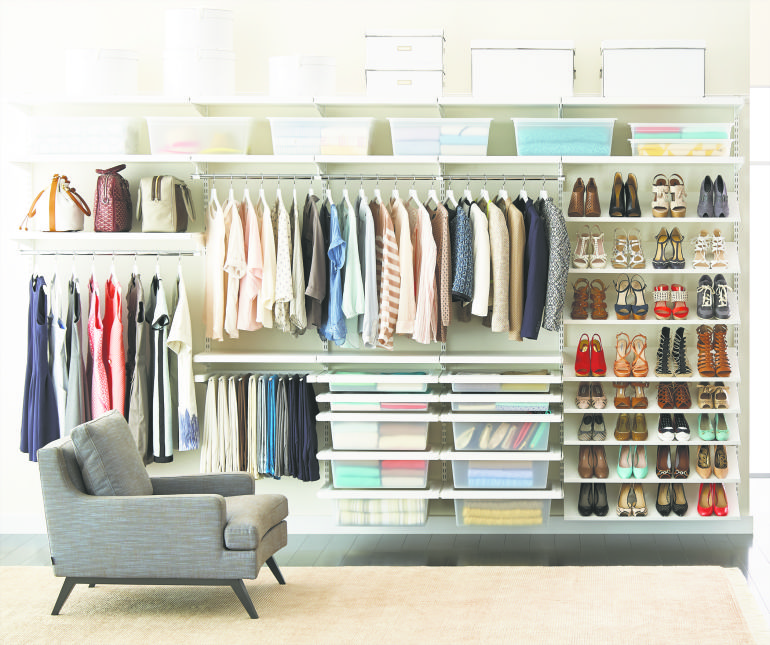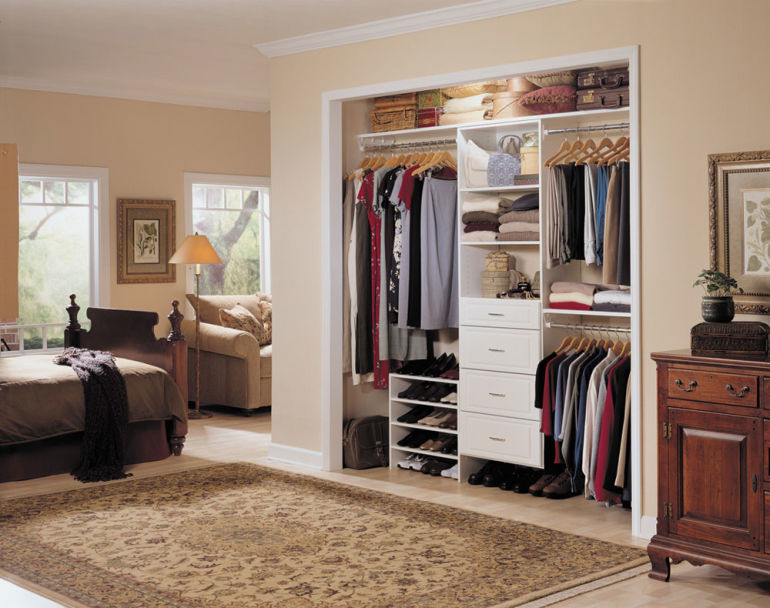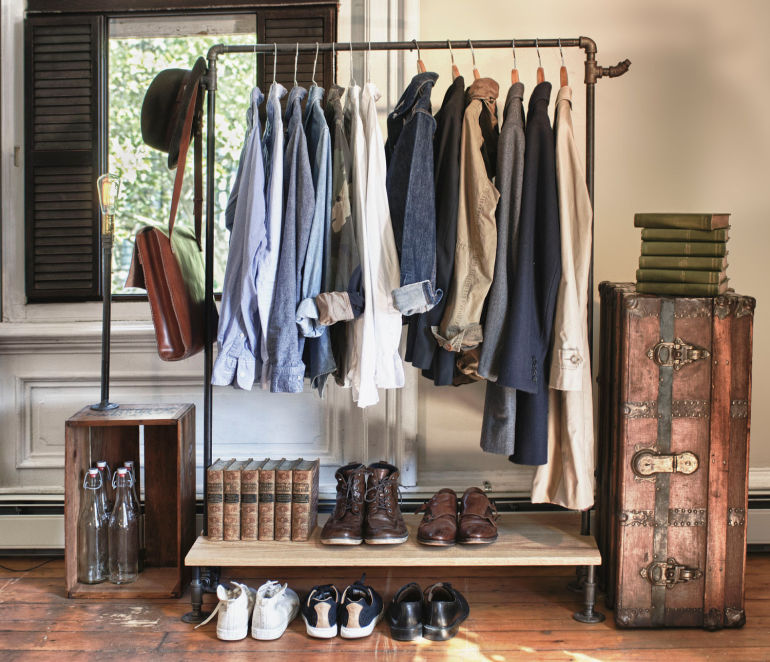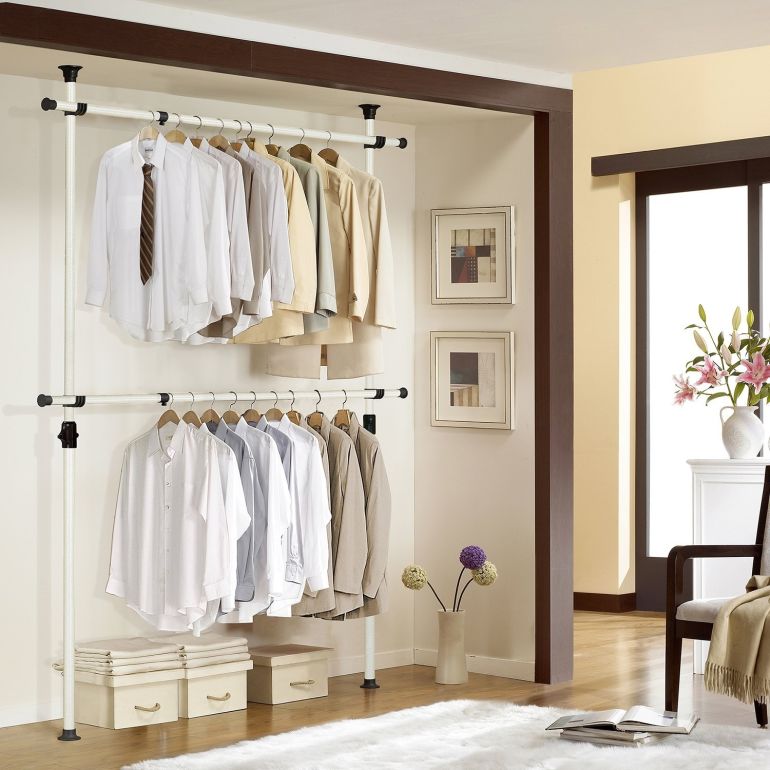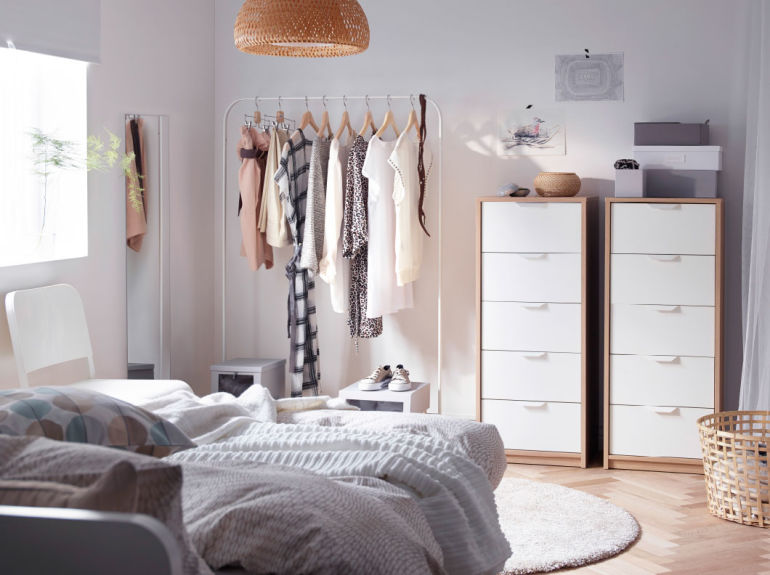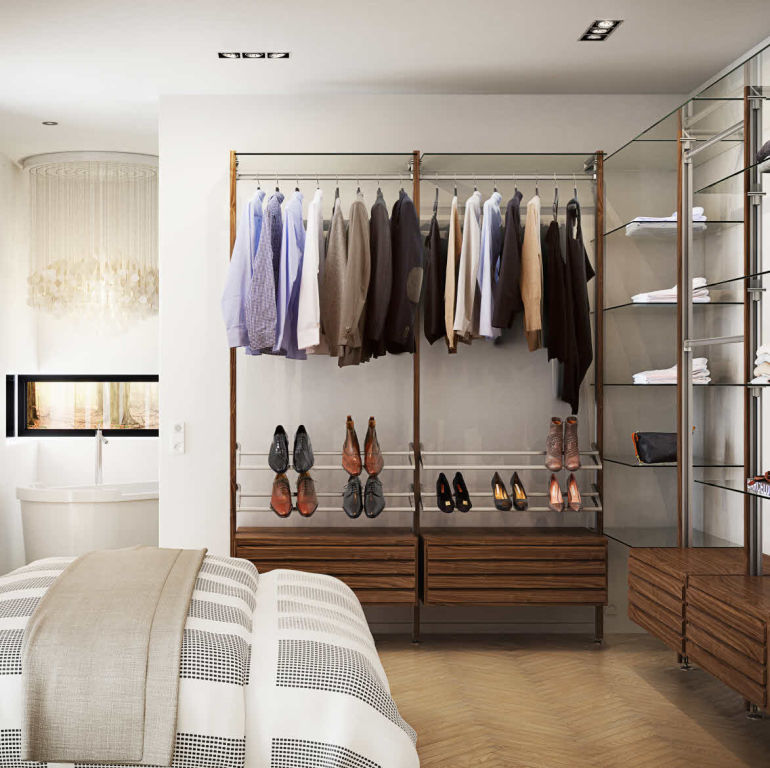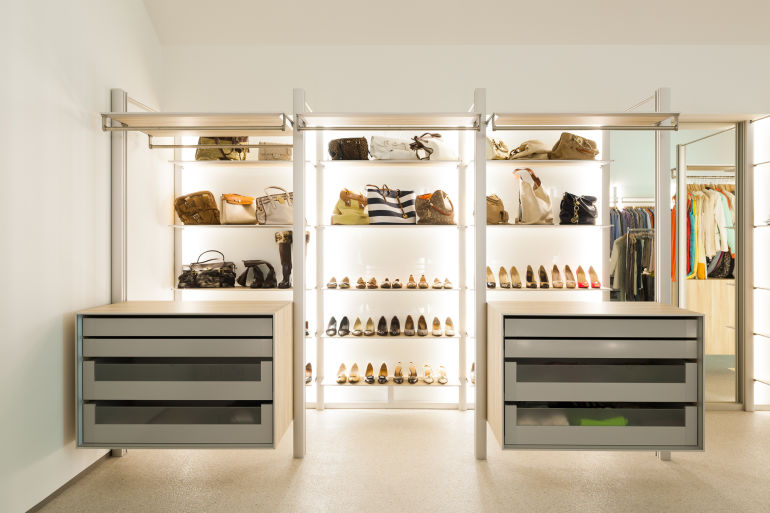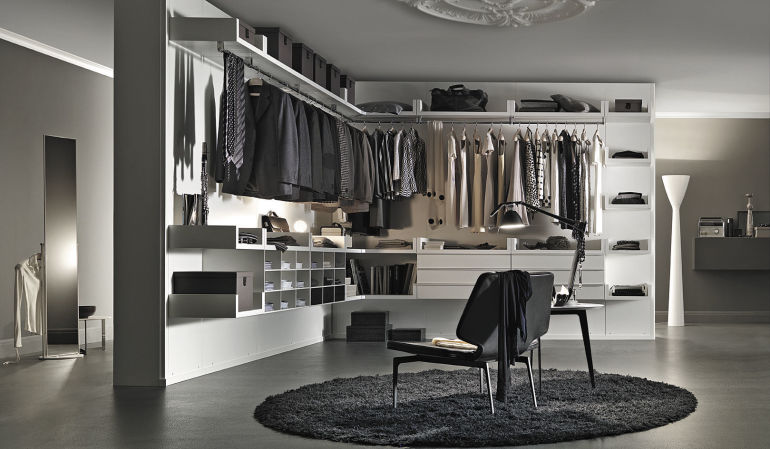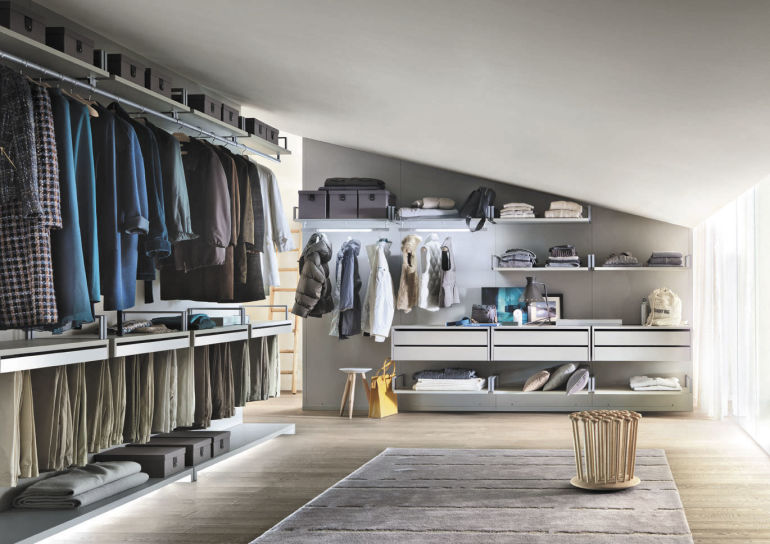Are Open Wardrobes Really Worth The Hype?
Thanks to IKEA and other champions of the high-density living industry, open wardrobes have become a staple of the modern home improvement world. They’re stylish, they’re in and not they’re not going anywhere soon - but is such a lifestyle really that practical? Here we discuss the pros and cons of baring your cupboard space to the world.
Why you should go all out
Open-plan living is all about the aesthetic. When done well, it provides a stunningly minimalist look to a bedroom. Having all of your clothes, accessories and footwear easily visible encourages you to cull unwanted or unused possessions and avoid excessive spending. No longer can you simply put off dealing with that atrocious scarf you received for Christmas - everything you might be tempted to toss to the back of a cupboard needs to be dealt with in due course! As a result, your bedroom will never have looked cleaner. Furthermore, open wardrobes put everything you need for your daily routine at the tip of your fingers. On a more practical note, the fittings required to put together a visible storage space - such as hanging rails - are highly versatile, meaning you can exercise full creative power over the layout and dimensions.
Why you should hide away
One reason why you might reject the notion of an open wardrobe is if your pre-existing bedroom features embody an aesthetic quite incompatible with that of deconstructed living - for example, features such as traditional woodwork furniture or cosy handwoven quilts. Additionally, the benefits of closed wardrobes may simply be too appealing. They have the advantage of being more durable, constituting more elegant materials and the likelihood they won’t require any kind of wall or floor fixing or extra-construction. Some clothes cupboards may hold emotional sentimentality, such as having been passed down the generations as an artefact of family heritage, and most certainly boast greater variation in artistic design. Finally, a closed wardrobe is far more likely to be of greater resale value than any open fittings, particularly because the latter are intended to be more temporary and space-versatile.
Still can’t make up your mind? Check out these fine examples of the deconstructed look in action:

